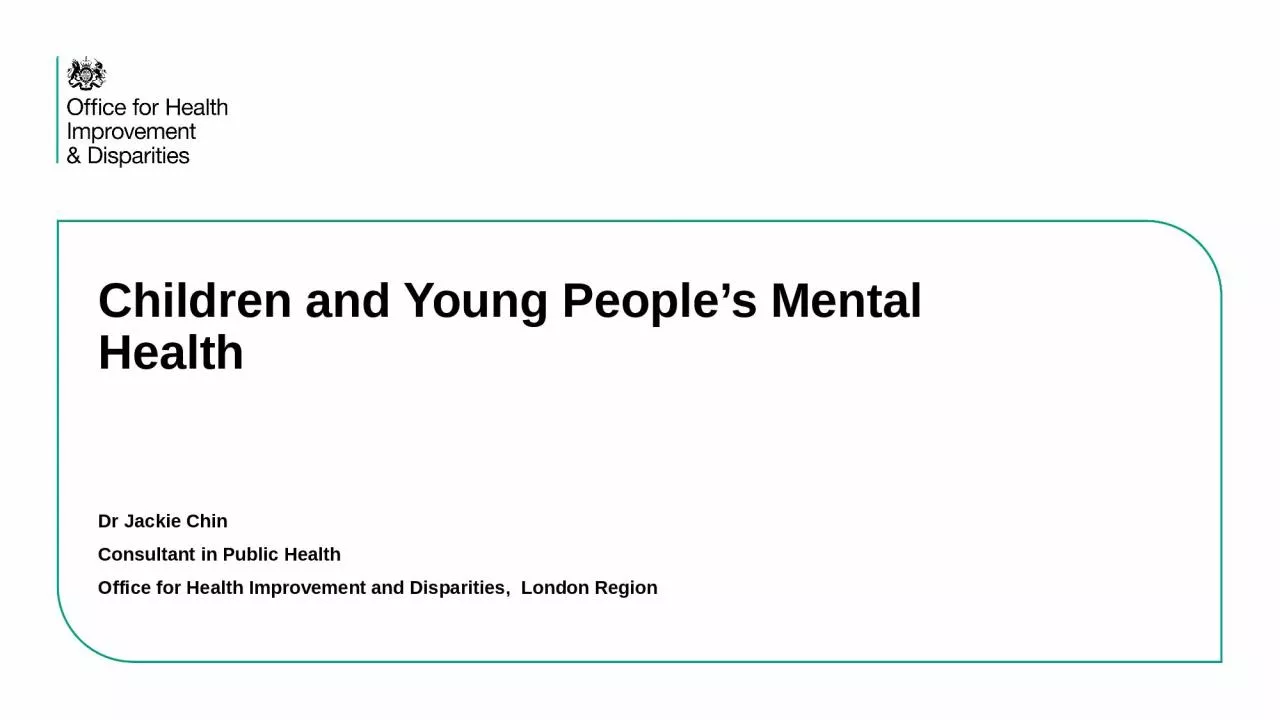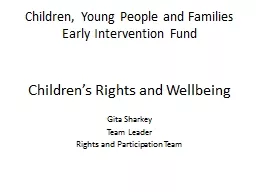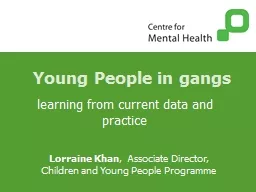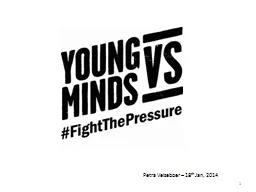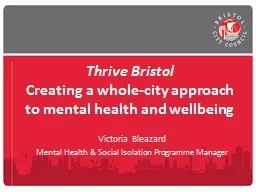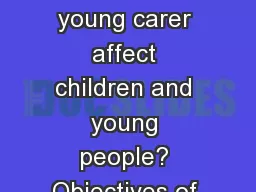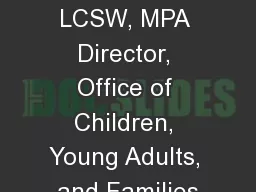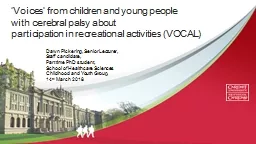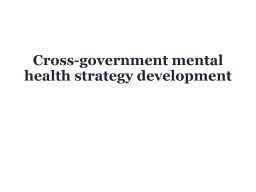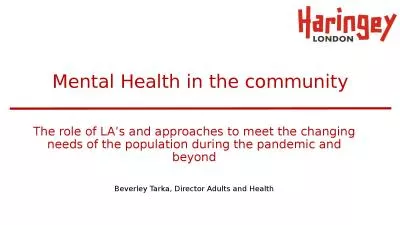PPT-Children and Young People’s Mental Health
Author : josephine | Published Date : 2024-01-29
Dr Jackie Chin Consultant in Public Health Office for Health Improvement and Disparities London Region Fact sheet Children and young peoples mental health Centre
Presentation Embed Code
Download Presentation
Download Presentation The PPT/PDF document "Children and Young People’s Mental Hea..." is the property of its rightful owner. Permission is granted to download and print the materials on this website for personal, non-commercial use only, and to display it on your personal computer provided you do not modify the materials and that you retain all copyright notices contained in the materials. By downloading content from our website, you accept the terms of this agreement.
Children and Young People’s Mental Health: Transcript
Download Rules Of Document
"Children and Young People’s Mental Health"The content belongs to its owner. You may download and print it for personal use, without modification, and keep all copyright notices. By downloading, you agree to these terms.
Related Documents

